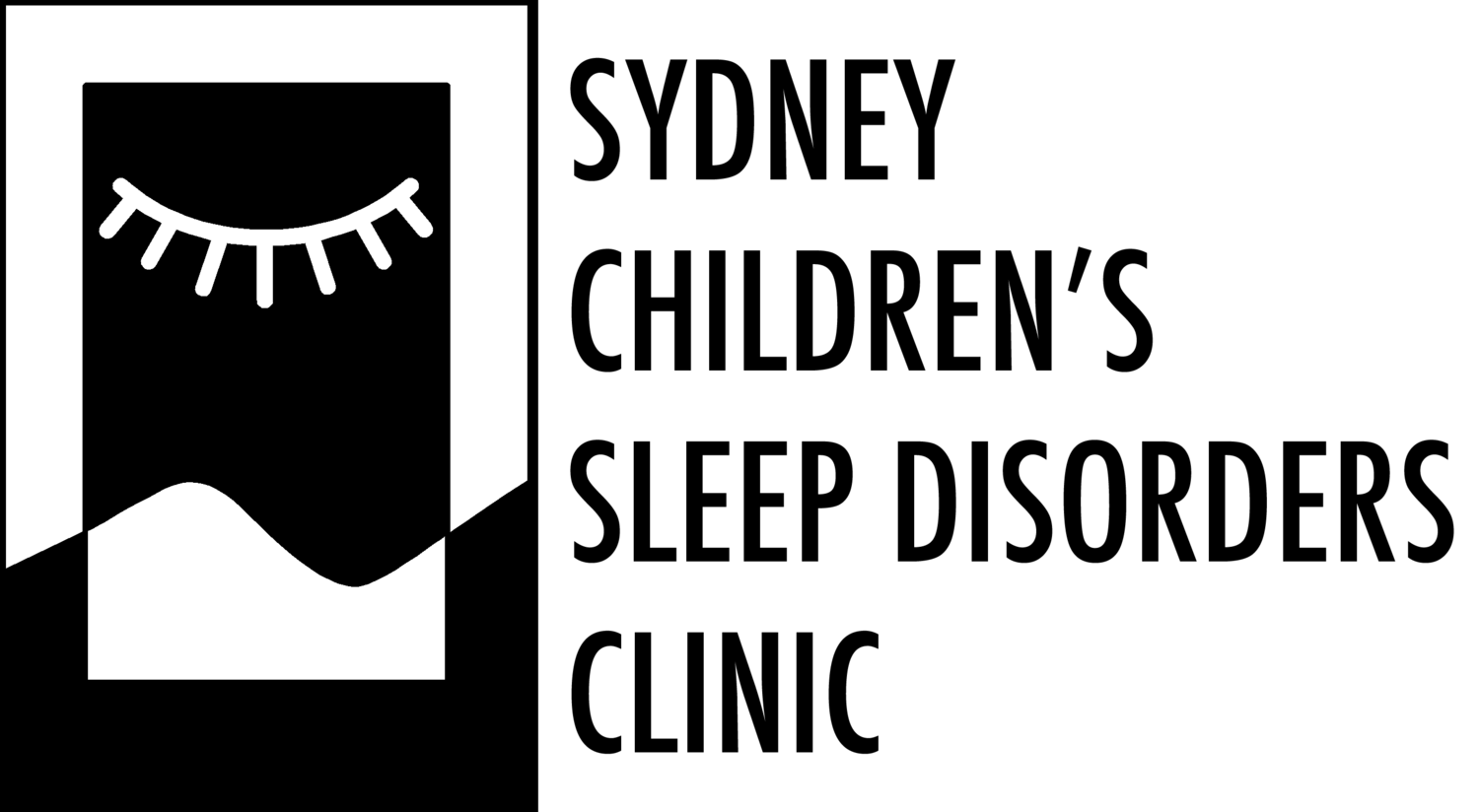A sleep study is a painless way of studying a normal period of sleep. With careful step by step explanation most children tolerate it very well as no needles are routinely used. Most monitoring is done with wires called electrodes placed on the skin. The environment in the Sleep Unit is designed to emulate that at home as closely as possible, although not surprising, the child might not sleep as well. Sometimes nasal prongs are issued for practice at home. Please bring these back with you when you come for the study. A parent is requested to accompany the child and spend the night and to take an active part of his/ her care during the sleep study. Due to bed restrictions sometimes the sleep study will be performed on the ward with the child as an inpatient. The exact type of test will be at the discretion of the Sleep Physician/Director.
The sleep study is regarded as the "GOLD STANDARD" for the diagnosis of a range of sleep disorders such as sleep disordered breathing (snoring, sleep apnoea) as well as a range of non-respiratory sleep disorders such as periodic limb movements, narcolepsy, parasomnias (night terrors, sleep walking, etc)
Follow up
A Sleep Clinic Appointment should be made for two weeks after the Study to get the results (and usually some copies or photos of the actual study) and appropriate treatment recommendations. It is recommended that you ring the Sleep Clinic for the follow-up appointment ahead of time once the sleep study date is confirmed. No responsibility is taken for the conveyance of results and treatment recommendations if you do not arrange a follow-up appointment after the Sleep Study. The Sleep Unit does not make that Clinic appointment for you. If you are from outside the metropolitan area, an appointment with the doctor who referred you for the Sleep Study should be made.
What is measured
Breathing in sleep:
the effort, pattern and effectiveness of breathing, and the occurrence and types of apnoeas (pauses in breathing). Loose elastic belts are used on the chest and abdomen and tiny soft plastic prongs at the nostrils. These are likely to be the most uncomfortable aspect of the study.
Oxygen +/carbon dioxide:
levels of these gases are measured through the skin and are important indicators of the effectiveness of respiration and the effect of apnoeas. They also help determine treatment.
Sleep stages:
a number of leads are placed on the scalp to measure brainwave patterns, which help differentiate between various sleep stages. This step may be omitted in a simpler screening study.
Heart rate and muscle activity:
these are measured by skin electrodes as well and are useful for helping stage sleep, and determining the effect of disturbances. Limb movements and tooth grinding are usually measured as well
